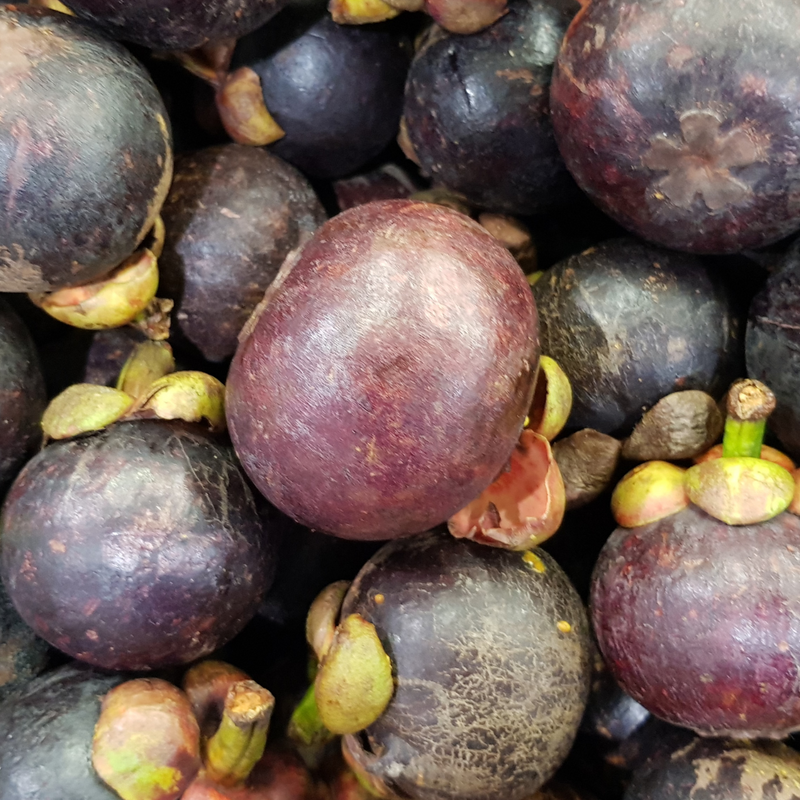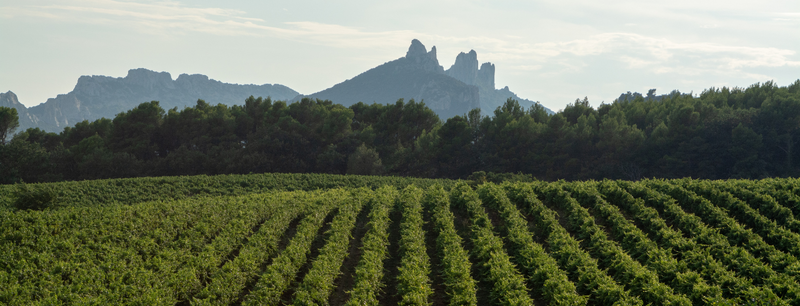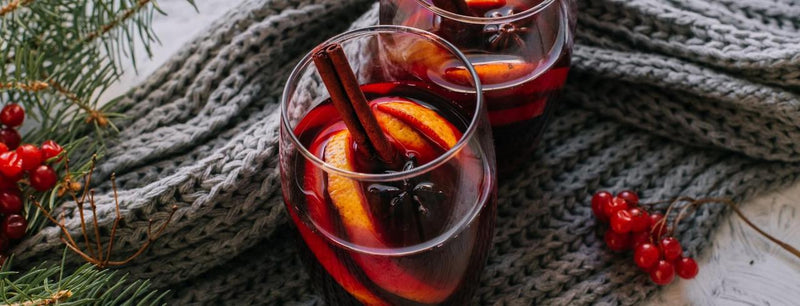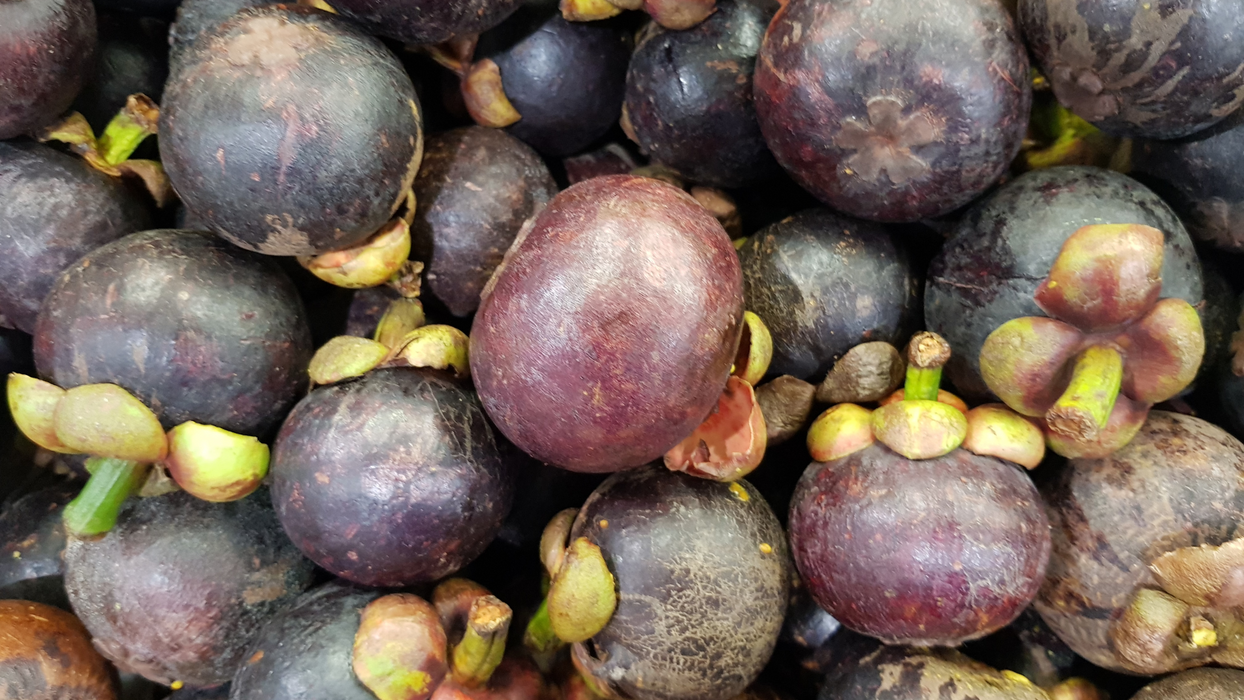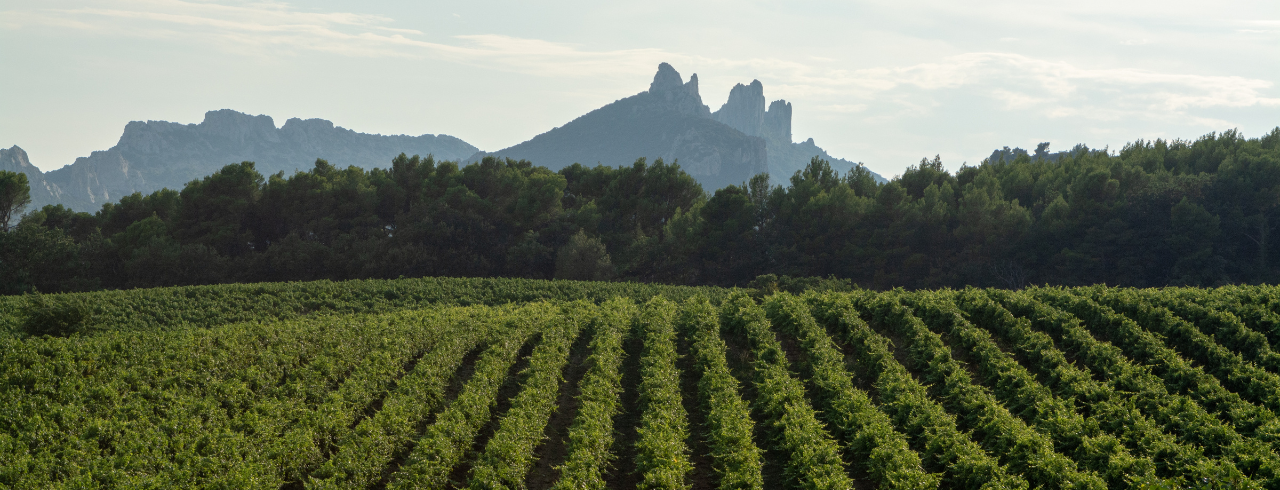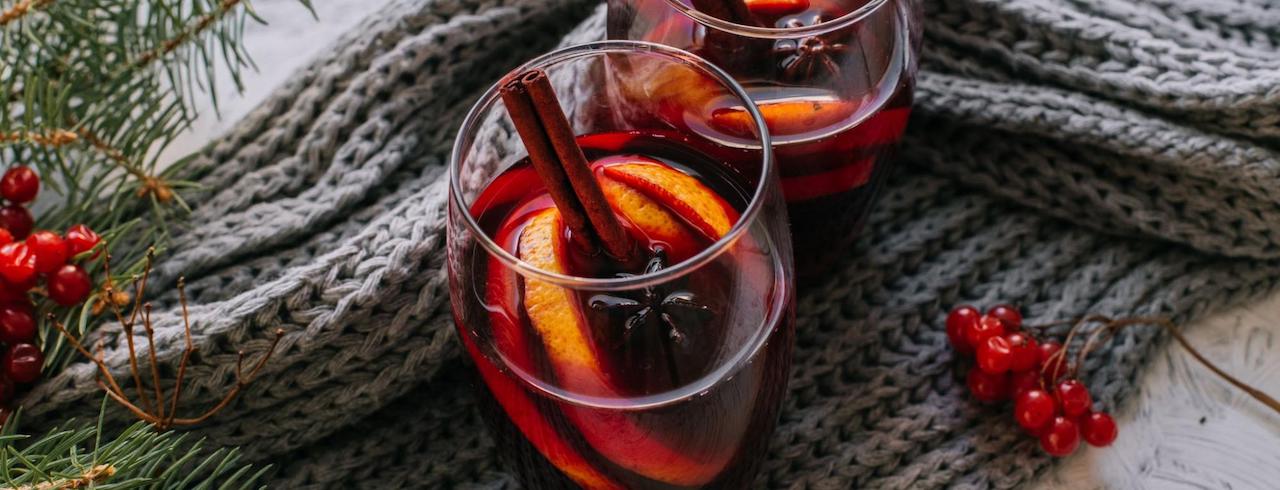
What Does Dry Red Wine Mean?
Everyone has heard of “dry wine'' before. While “dry” is one of the most popular adjectives associated with wine, you may have trouble coming up with a definition. One dry wine can contain earthly herbaceous notes, whereas another has floral aromas and fruit flavors.
There is more to dry wines than meets the eye, and dry red wines are exemplary of this. Due to their complex nature and the large diversity between each bottle, dry reds leave much behold to the drinker.
If you’re aching to know more about the wonderful variety of dry wines, you have come to the right place! Keep reading for a comprehensive guide to what “dry red wine” means and what these wines can offer you.
What Is A Dry Red Wine?
The term “dry” does not imply a wine will leave you feeling parched. Dryness means that red wine has little to no sweetness.
During the fermentation process of wine grapes, a winemaker adds yeast to the mix. The yeast consumes the grapes’ sugar, producing alcohol and CO2. For certain drinks, like sweet wines, the winemaker would stop the yeast from eating all sugar. This leftover sugar is known as “residual sugar.”

What Does Dry Red Wine Mean?
What makes dry wines different is their lack of residual sugars. As a result, there is little to no sweetness in dry wines. Red wines generally fall under the dry category since they do not have the characteristic sweetness that you can find in dessert wines and even in some white wines.
Dry Red Wine Types
Considering that most red wines are dry, there is a wide variety of bottles you can choose from. No bottles are complete copies of one another. Each dry red wine can exhibit its range of flavors for your pleasure. Here are a few exceptional dry reds that you will love.
Pinot Noir
Overview:
- Parents & Origin: Pinot grape (Burgundy, France)
- Grape: Red-skinned variety of the species Vitis vinifera
- Flavors: Cherry, Raspberry, Clove, Mushroom, Hibiscus
- Notable Regions: France, US, Germany, Moldova, Italy
- Sweetness: Dry
- Body: Medium
- Tannins: Low
- Acidity: Medium-High
- ABV: 11.5-13.5%
Without the " godfather of all grapes, " a dry red wine list can’t be complete. Pinot Noir has played a significant role in the history of wine cultivation. It even has a crucial role in producing over one thousand grapes––including Chardonnay, Syrah, and Gamay.
This French wine greets its drinker with hints of black cherries, red cherries, and raspberries. There are also earthly notes, which add clove, mushroom, and hibiscus to the delicious fruity nature of Pinot Noir.
Thanks to its high acidity and low tannins, a glass of Pinot Noir can be paired with almost any meal. A variety of meat, such as duck, pork, and game birds, is an excellent match with Pinot Noir.
If you are not in the mood for meat, then salmon or other fatty fish perfectly accompany the wine’s acidic nature. Other options include pasta, gruyere, or mushrooms.
Cabernet Sauvignon
Overview:
- Parent's & Origin: Sauvignon Blanc + Cabernet Franc (Southwest France)
- Grape: Small, spherical with black, thick skin
- Flavors: Blackberry, Black Cherry, Plum, Cedar, Green Bell Pepper, Tobacco
- Notable Regions: Bordeaux, Tuscany, Napa Valley, Sonoma County
- Sweetness: Dry
- Body: Full
- Tannins: High
- Acidity: Medium
- ABV: 12-15.5%
One of the most beloved dry red wines nowadays is Cabernet Sauvignon. This wine is a crossing between Cabernet Franc and Sauvignon Blanc. Due to its distinct traits, Cabernet Sauvignon has gained a special place in many winemakers’ and drinkers’ hearts.
The main attraction of this wine is its unique array of flavors. Not only does the wine incorporate a degree of fruitiness, but it has “green flavors.” With these factors, Cabernet Sauvignon has a chance to be overwhelming for the drinker.
However, there are multiple pairing options, which help make the wine easier to drink. Steaks––like ribeye, New York strip, porterhouse, and filet––work with the tannins in Cabernet Sauvignon.
Pasta with heavy, red sauce balances the wine’s acidity. Aged cheddar and gouda, or vegetables––like mushrooms, eggplant, and roasted tomato––can ease Cabernet Sauvignon’s vivid and varied flavors, as well.
Best Dry Red Wines For Cooking
Dry red wines are not just for drinking. They can be used as an ingredient in your delicious meals.
Wondering which dry red wines can be used for cooking? Simply take a look at the ones we just mentioned above. Pinot Noir can tenderize meat, and thanks to its medium body, the wine does not overpower a meat’s taste. Try making a Chicken Pinot Noir with Wild Mushrooms and Fresh Basil to explore Pinot Noir in the kitchen. In this guide, Chef Carol Borchardt gives you a step-by-step guide to creating this delicious dish.
Another wine to add to your cooking arsenal? Cabernet Sauvignon works well with high protein, fatty meats. Most use this wine to braise meat or act as an ingredient during the marination process. Test out the flavor of Cabernet Sauvignon in our Red Wine-Braised Short Ribs recipe.
Dry Red Wines In A Nutshell
Pinot Noir and Cabernet Sauvignon are not the only dry reds you can enjoy. So many dry red wines provide the ideal drinking and cooking experience: Sangiovese, Burgundy, Gamay, Nero d’Avola, Blaufränkisch… the list goes on and on!
